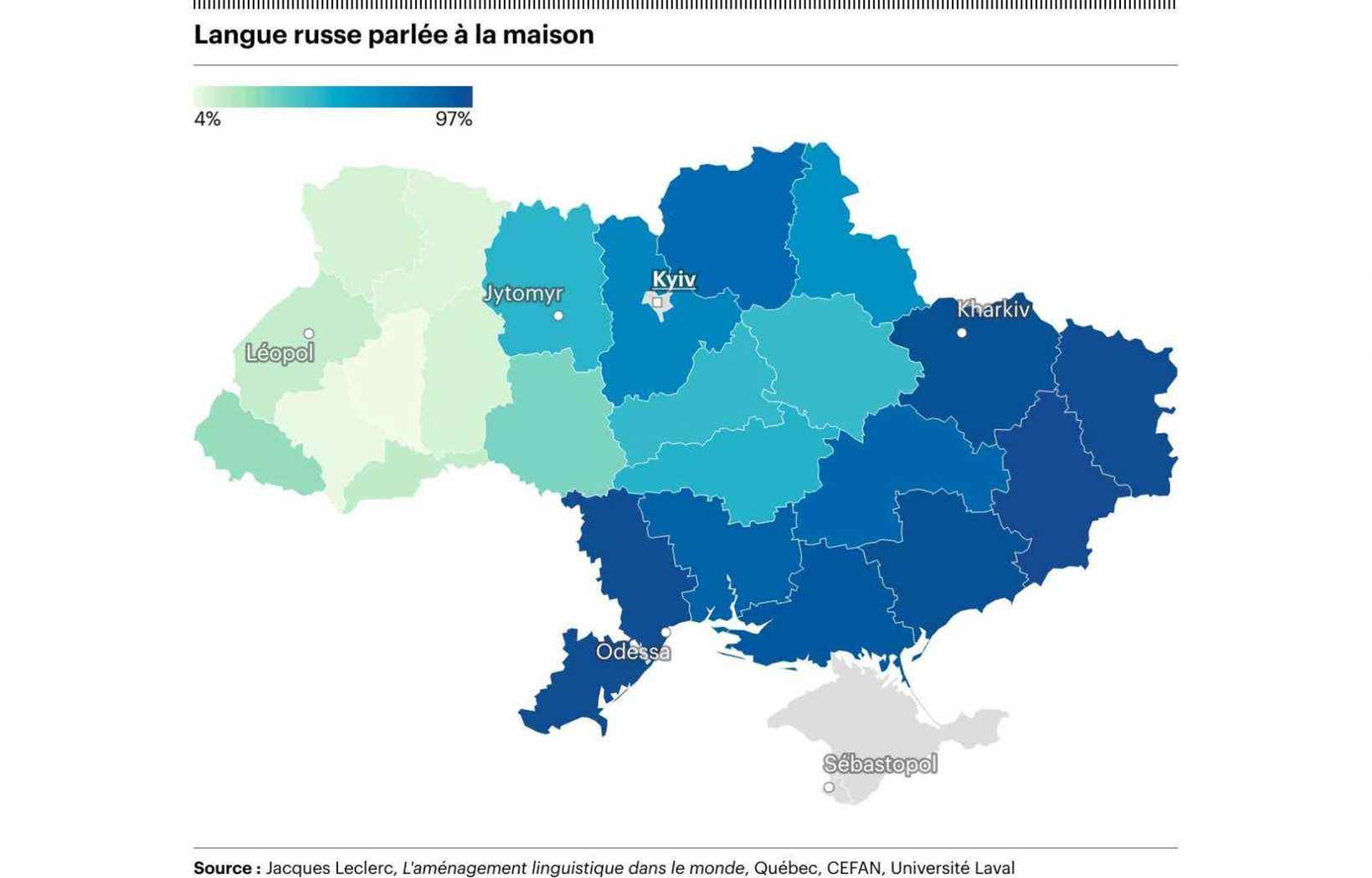The shocking title of an essay by Yves Lacoste, my former geography teacher at Paris 8, Geography is used, first of all, to make war, takes on its full meaning in the current Ukrainian crisis. With the Brotherhood Games over, Moscow and Beijing can thus give free rein to their respective aims in Ukraine and Taiwan. Mutual support is essential between strategic allies. A first cycle of operations is starting these days on the side of Ukraine.
As with any territorial dispute, a map is worth a thousand words, and demonstrates the geostrategic importance of the Black Seas and Azov for Russia. Just look at the political map of the region to see the full extent. With its access to the Mediterranean via Turkey’s Bosphorus and Dardanelles straits, this open-access inland sea is crucial for its economy and security. The Western military presence in its waters also represents a permanent direct threat. Vladimir Putin has described the unplanned NATO military exercises last November as a “provocation” and a “serious challenge”. The Gulf of Mexico and the Caribbean Sea can provide an equivalent for American security. No hostile military armada has held exercises there since the missile crisis in 1962.
“NATO”
The destabilization of Ukraine and Georgia, two immediate coastal neighbours, has generated an increase in conflicts and tensions in recent years. Soviet Russia and its Warsaw Pact allies once controlled the region, with NATO member Turkey as its only bulwark, with which there was relative stability. The fall of the USSR, with the known consequences, broke the balance with the progressive “NATO” on the side of Romania and Bulgaria.
Russia has just asked for the withdrawal of NATO foreign troops from these two Black Sea coastal countries, a request immediately rejected. Ukraine thus becomes a key issue for Russia, a red line in fact, just like Georgia.
The linguistic distribution of Ukraine is equally telling. It can be seen that the six coastal and neighboring provinces of Russia are overwhelmingly populated by Ukrainians who speak Russian at home (between 87% and 97%). It should be noted that a significant portion of this population is made up of Ukrainian speakers who have been Russified throughout history. The Sea of Azov, an enclave adjacent to the Black Sea, is shared between Russia, annexed Crimea and four Ukrainian provinces, including the two rebels of Lugansk and Donetsk. Needless to say, the southern provinces of Zaporizhia and Kherson are under Russian radar. Thus, Moscow wishes to ensure complete control of the maritime enclave while consolidating the integration of Crimea through a facilitating land link.
A risky operation
There is little doubt about the temptation to extend this control to the last two coastal provinces on the Black Sea. The former Soviet naval base of Odessa, now a major port in a free zone, is a key industrial and commercial hub for the Ukrainian and Russian economy. This third largest city in Ukraine, which is experiencing strong growth, relies in particular on a leading petrochemical industry linked to Russia and the EEC by pipelines. The population of Odessa province speaking Russian at home is estimated at 96%. The prospect of securing full control of the northern Black Sea while mortgaging access to Ukraine must seriously concern Kremlin strategists. It should however be remembered that Odessa has a past and a libertarian culture and that it is often compared with Marseille. The operation is therefore risky on the side of popular support.
With the almost total rejection of Russian demands on its security guarantees to date and the firm positioning of the Kremlin, the inevitable military intervention is now underway. The operation will probably target these coastal Ukrainian provinces, or even all the provinces with a high Russian-speaking concentration. The presence of an active military front in eastern Ukraine is a privileged starting point.
In the event of a successful military breakthrough, Russia would seek, not the annexation of occupied territories, but rather the establishment of autonomous regions or independent republics according to negotiated terms. The Kremlin seems to have adopted this modus operandi allowing the new Russia to gradually reconstitute a zone of influence and security in correlation with the statuses of Abkhazia, Adjara and South Ossetia in Georgia and with that of Transnistria in Moldavia.
